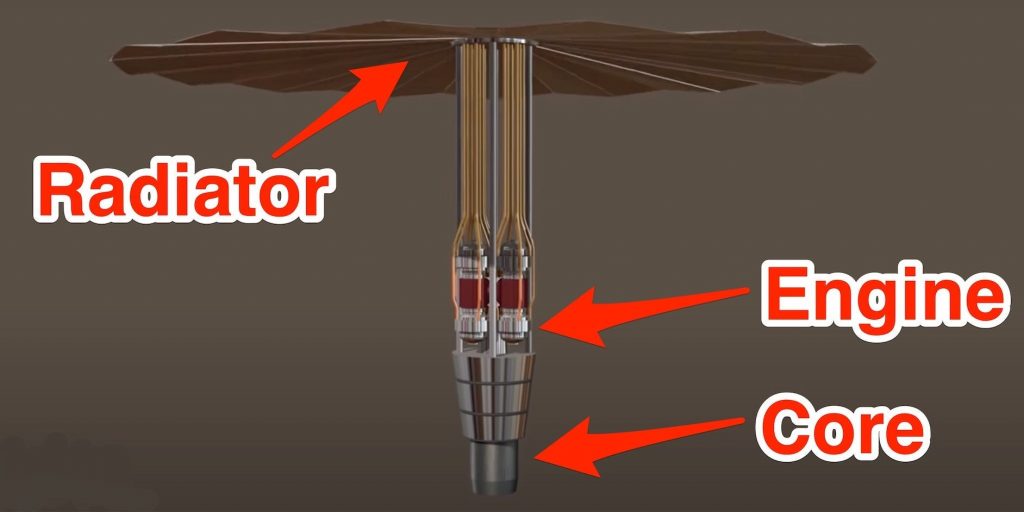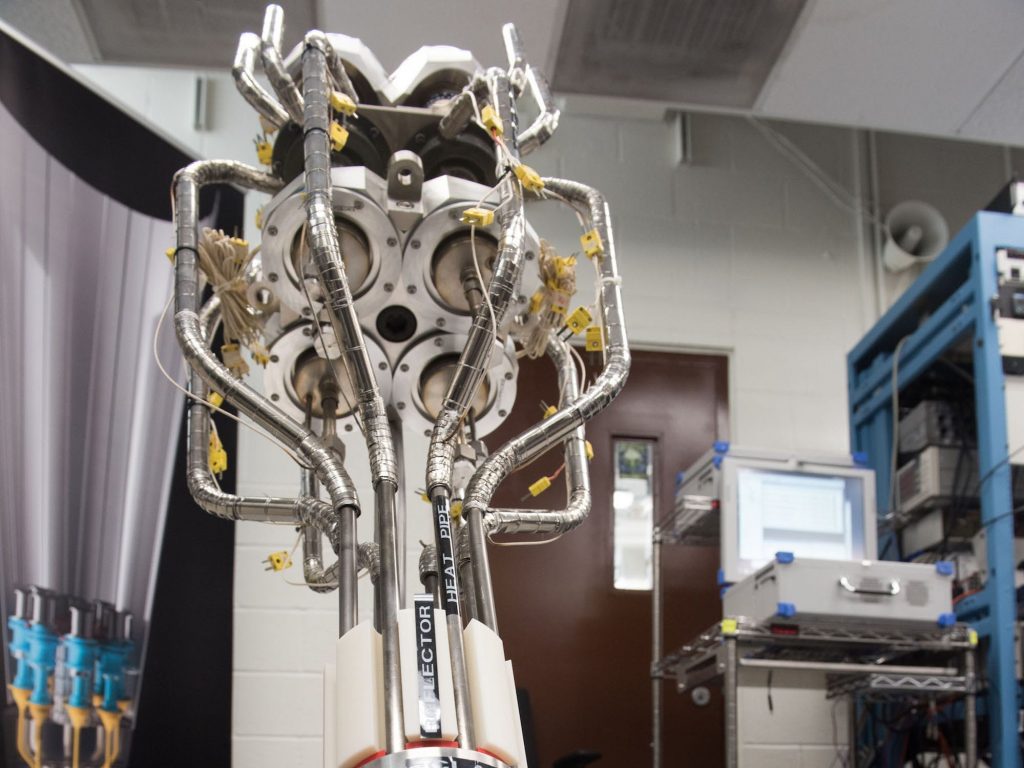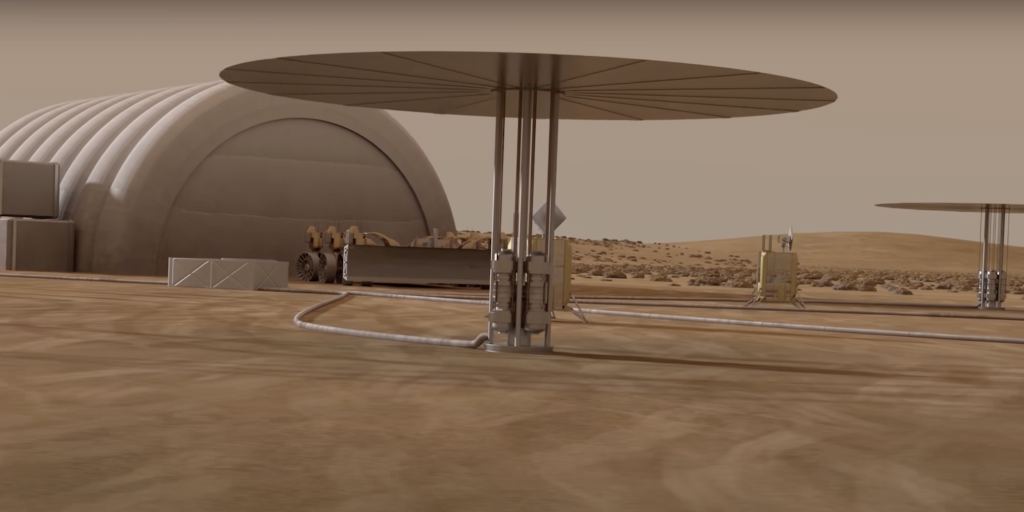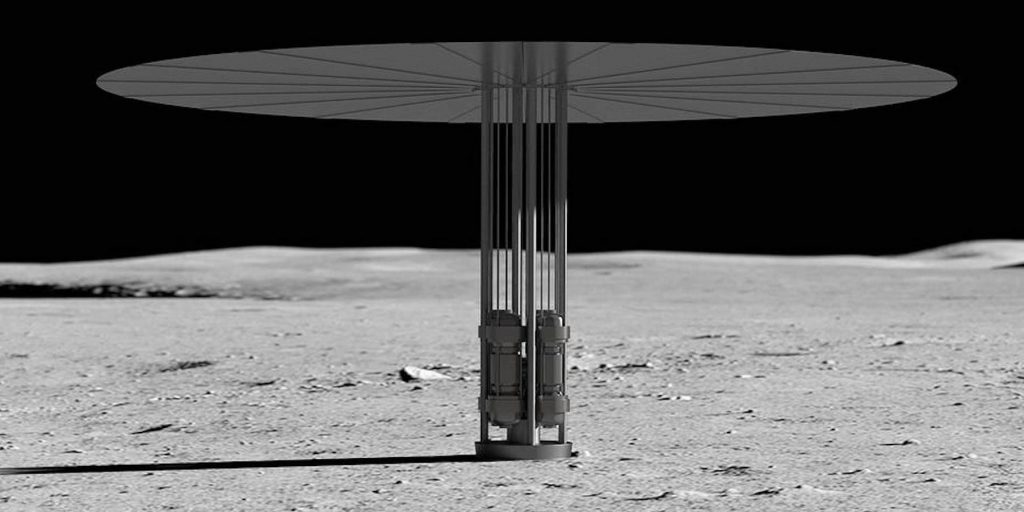- NASA is developing plans to put nuclear reactors on the moon.
- The tiny reactors would provide energy for future human settlements.
- If they work, the nuclear reactors could eventually be taken to Mars, an expert told Insider.
NASA has asked companies to design plans for reactors that could be set up on the moon, giving a glimpse of a future where a permanent lunar base is powered by nuclear fuel.
NASA aims to send humans back to the moon by 2025 to lay the groundwork for human settlements on the moon. NASA then wants to use those as a launchpad to Mars.
Colonizing the moon means bringing the infrastructure for day-to-day life. That includes a reliable source of energy for activities like activities like drilling, heating, refrigeration, charging rovers, and more. Nuclear power is the best option, NASA said.
"This could be also a stepping stone to develop the technology and the experience that we could then take to Mars," said Todd Tofil, the Fission Surface Power project manager at NASA's Glenn Research Center.

KRUSTY the nuclear reactor
The biggest challenge to bringing nuclear power to the moon is cramming a reactor onto a rocket, Tofil said.
NASA has been working on developing a rocket-sized reactor for the past 15 years and they've come up with a novel design called the Kilopower Reactor Using Stirling Technology (KRUSTY).
The reactor, shown in the video below, would generate about 1 to 10 kilowatts of power continuously for at least 10 years. That's much smaller than the nuclear power plants on Earth, but it is enough to power several average households.
It is based on a small core of enriched uranium about the size of a roll of paper towel encased in a heavy metal sheath.
Unlike most nuclear reactors on Earth, which use steam-powered engines, this design relies on a stirling engine, which uses pistons to convert the heat into energy. This is a much more efficient design for the size.

To cool down the system, the excess heat will be dissipated through large radiators. In the prototype design above, this is the big circular disk above the engine.
A safe process
The first question is whether blasting nuclear fuel from Earth to the moon is safe. It is.
Before the nuclear fuel is put into the reactor, it is only very mildly radioactive. So even in the unlikely event a rocket were to blow up in the Earth's atmosphere while carrying, it would not be a significant radioactive threat.
Each reactor only uses a very small amount of fuel, so each one gives off relatively little radiation. The core is also safely encased in metal to absorb radiation and stop the material leaking.
The reactor also has systems the shut it down if any issues are detected with cooling.
The reactors are essentially disposal — unlike Earth reactors, the plan is to abandon them after the fuel runs out. This means there is no need for a disposal plan for the waste — it can stay in the reactor and become steadily less radioactive.
"Once it's shut down, for instance if the natural usefulness of its life comes to an end, then over a period of weeks that radiation level would drop to fairly low levels," Tofil said.

From the moon to Mars
NASA has entered the last stages of development for this project. The KRUSTY design was tested successfully on Earth in 2018 and last month the agency awarded contracts for industry partners to take the design from prototype to product.
The next steps are making sure the reactor can resist the pressures of space flight, including the intense vibration that comes with it.
NASA has bigger plans than Mars for the reactors. Should they work, they could be taken to Mars as well.
They could also help us get there, as the information gathered on the moon could help develop concepts for deep-space exploration powered by nuclear energy.
"We're trying to encourage industry to design the lunar unit so that with minimal changes it could be used on Mars," said Tofil.
